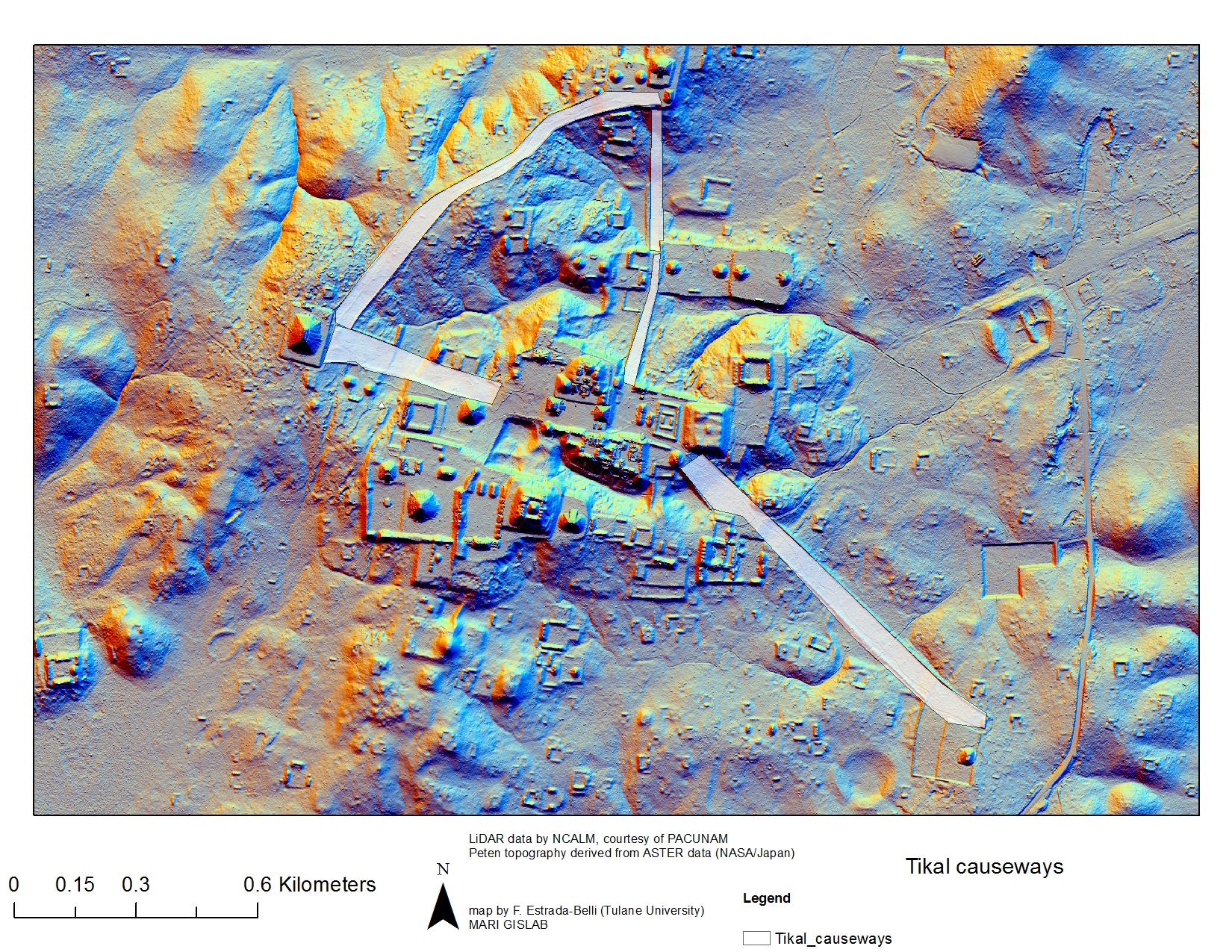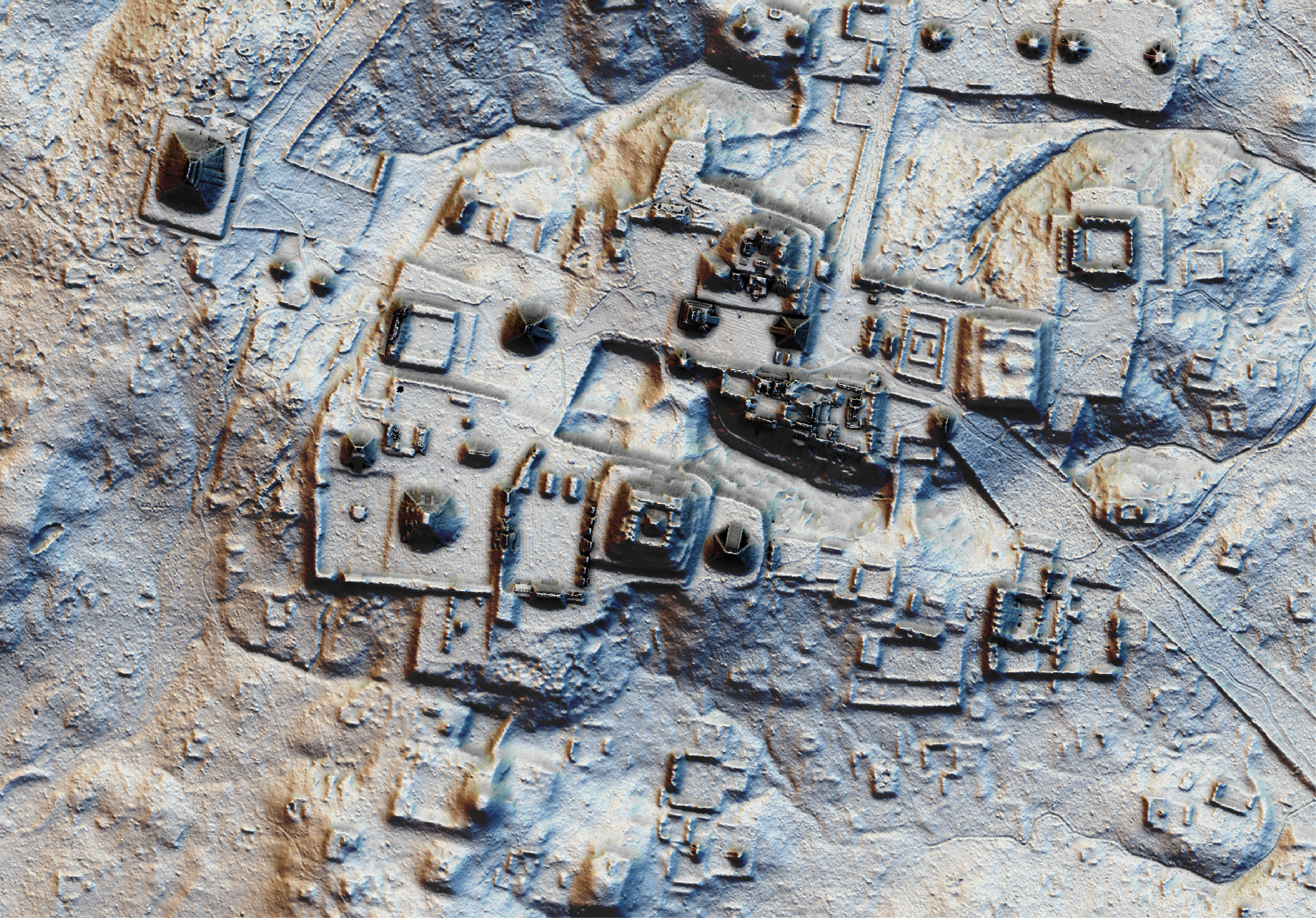That was until mathematician Franck Goddio became hooked on the possibility of finding it, it was revealed during Amazon Prime’s ‘Egypt: A Sunken City’ documentary.
The 2012 series revealed: “Off the coast of Egypt, northeast of Alexandria, seven kilometres out, there was said to be a giant secret slumbering under the surface of the water.
“This used to be the Nile Delta, dotted by islands, but over the past 2,000 years, these islands have mysteriously disappeared.
“The ancient texts that remain speak of a place called Heracleion and also a place called Thonis.
“Frenchman Franck Goddio first stumbled across this mystery some 30 years ago, he met an archaeologist who told him there could be sunken cities in Abu Qir Bay and from that moment, Franck Goddio was hooked.”
The series went on to detail how evidence of this ancient city was first spotted during World War 2, but it took years for Mr Goddio to find any physical trace.
It added: “Back in the Forties, a pilot described seeing strange shapes as he flew over the area, but nobody seems to be interested.
“Goddio focuses on his strengths as a mathematician and statistician, spending days in front of his laptop, seeing the mystery as a calculable mathematical problem.
“Using an electromagnetic dragging technology, Goddio had the base, but it takes years of the research boat cutting back and forth according to a very precise plan.
“But his strict procedure does deliver results, entering all the details into his computer he puts together a complex visualisation of the seabed and there are some unusual features.
“He puts together an international team of scientists and divers, initially finding nothing, but finally, the divers make a discovery – large limestone blocks arranged next to each other.”
The series detailed how Mr Goddio began to piece together the possibility that he had found the ancient city, seeking expert opinion for help.
It added: “His methods seemed to work, the location of the walls seemed to correspond to the measurements already taken.
“Finally, Goddio is convinced that he’s discovered the legendary port, the city is clearly more than just a famed myth.
“He goes to get some academic back-up, approaching respected researchers at Oxford University’s Institute for Archaeology.
“Professor Sir Barry Cunliffe is one of the world’s leading archaeologists and his colleague Professor Andrew Wilson specialises in maritime trading in antiquities, they are stunned by what he told them."
Finally, Mr Goddio found evidence of an ancient temple, which was said to be at the centre of the city.
He could then start mapping the rest of the area out.
The series explained: “The international team of archaeologists set off on further expeditions to Egypt, dividing the seabed into a number of squares so they know exactly where they are in the murky water.
“Where they believe the Temple of Heracleion should be, they discover a large monolith, perfectly preserved, a shrine to Amun-Gereb.
“What the divers find next surpass their wildest expectations, three colossal statues, broken into just a few pieces, but otherwise in a surprisingly good condition.
“They are clearly of a Queen and a Pharaoh, the third is the god of the waters of the Nile, magnificent images from the Ptolemaic dynasty that ended in 30BC.
“Having made these finds, Goddio was able to reconstruct the legendary temple, the site provides answers that can’t be found in the history books.”
Heracleion was originally built on some adjoining islands in the Nile Delta, it was intersected by canals, a number of harbours and anchorages and the countries main trading port in the late period of ancient Egypt.
During the time when the city especially flourished between the 6th and 4th centuries BC, a large temple of Amun-Gereb, the supreme god of the Egyptians at the time, was located in the middle of the city.
Pharaoh Nectanebo I made many additions to the temple in the 4th century BC and many sanctuaries were dedicated to Osiris and other gods who were famous for miraculous healing and attracted pilgrims from a wide area.
During the 2nd century, BC Alexandria superseded Heracleion as Egypt’s primary port and over time the city was weakened by a combination of earthquakes, tsunamis and rising sea levels.
At the end of the 2nd century BC, probably after a severe flood, the ground on which the central island of Heracleion was built succumbed to soil liquefaction.
The hard clay turned rapidly into a liquid and the buildings collapsed into the water.
Express.co.uk












